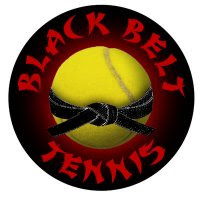At the Sony Tournament on Key Biscayne I ran into the French coach’s contingent. There were several former top Tour players there. I enquired why there are so many former players coaching within the French Tennis Association? I was told they are basically incorporated into the system. I found this very enlightening and interesting! It seems that in America, our top players are still trying to play rather than cultivate younger players and coach. Why is this? It seems these players are running the other way, when in fact they are the single GREATEST resource American Tennis has to offer. We need them and their experience.
What do you think?







